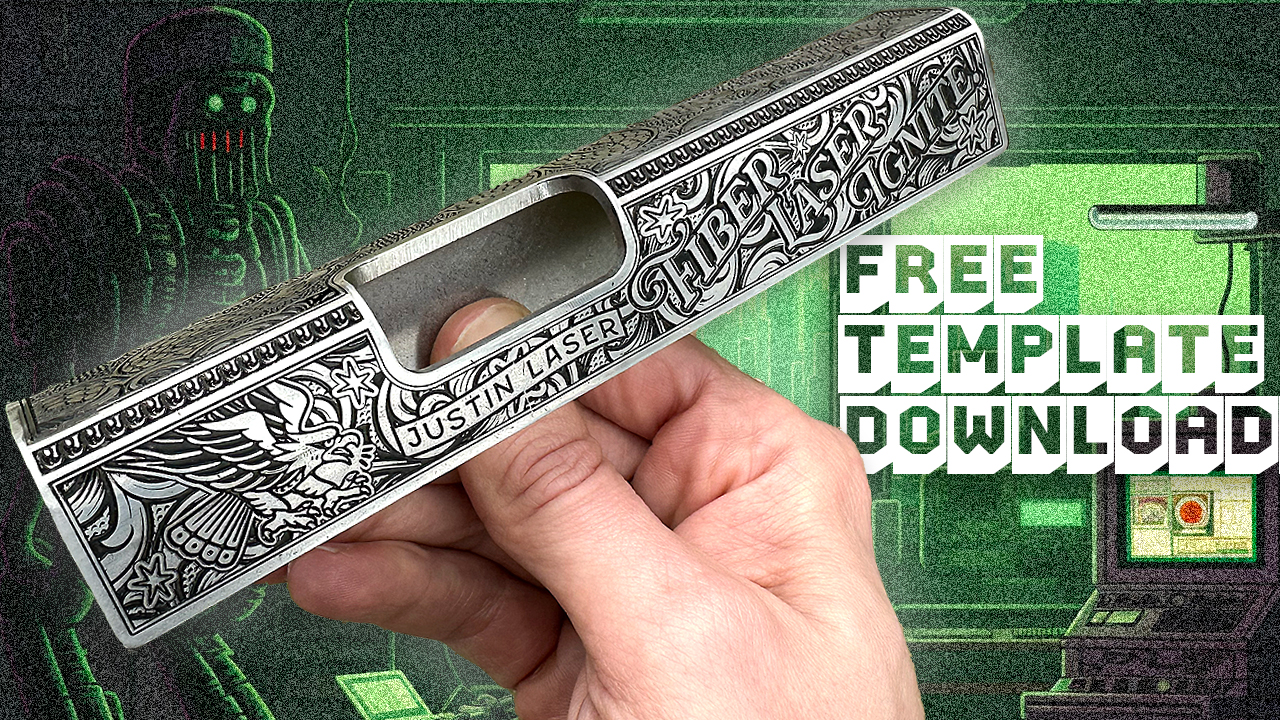It can seem overwhelming when you start thinking about selling your laser products. There are just too many options! I completely understand this feeling. To focus on what products have the highest likelihood of success, I implement what I call the “PPU Method.” The PPU stands for P—Personal, P—Popular, and U—Utilitarian. If I can fit a product firmly into one of these categories, it moves to the top of the list. If I can’t, it goes to the bottom. Let’s discuss it!
Personal
The first category of products many of us gravitate towards in the laser engraving space is personalized products – for good reason! Customized products can often be sold at higher prices because customers see them as more valuable. This personal touch makes the product feel more meaningful and relevant, making people more willing to pay extra.
Understanding the concept of Perceived Value is essential when deciding what kind of personalized products you want to offer. Perceived value is all about how much a customer thinks a product or service is worth compared to what they pay. It’s not just about the actual price; it includes quality, brand reputation, and emotional connection. A customer might only be willing to pay $2.00 for a blank keychain, but what if you were to engrave the initials and birthdays of all their children on it? In that case, they’re often willing to spend several times that amount due to the sentimental value it holds to them.
Engraved jewelry, keepsakes, memorial items, wedding items, baby items, and so on are some examples of personalized products that sell well. When considering a personalized product, I like to ask myself, “Can I use this product to tap into an emotional or sentimental feeling?”
Popular
The second category of products to consider is…well… the popular ones. Right now, it seems like leather patch hats, tumblers, cutting boards, and coasters are all the rage. Most of the products and social media posts you see online revolve around these items, and that’s because THEY SELL.
A famous saying goes, “Move with the current, don’t fight the flow, resist nothing.” This saying perfectly encapsulates how to approach popular products in the laser engraving world. You may not like them, but fighting against them does not benefit you. You won’t win.
If you’re stuck on what products to start with, you can always rely on what’s currently popular. What’s popular now might differ from region to region or country to country. Still, all you need to do is keep an eye open and offer your own variation. Popular products have high demand and are easily recognizable by customers, so your odds of making sales will be higher than starting with products fewer people are looking for or need to be educated on what they are.
When considering a popular product, I like to ask myself, “Is this kind of product already generating proven sales for other laser businesses?”
Utilitarian
The last category of laser items I like to consider is what I call utilitarian products. I like this category so much that I managed to use it to go full-time with laser work!
A utilitarian product is designed primarily for function and practicality, focusing on providing essential benefits and solving specific problems. These products are valued for their efficiency, reliability, and usefulness in everyday tasks.
Some examples are engravable blanks, patterns, jigs, guides, etc.
My main business, MAKESUPPLY, is a perfect example of this. I laser-cut acrylic patterns for Leatherworkers. My customers use these basic shapes to create leather card holders, keychains, wallets, and bags.
Products in the Utilitarian category are often fundamental and unsexy. Still, they’re handy for the end customer, regardless of what they’re trying to achieve.
The craft space is massive and full of untapped niches that need utilitarian products to help them achieve their goals. Dig in and see what you can find! When considering a utilitarian product, I like to ask myself, ” Can my customers use this product to generate their own value?”

